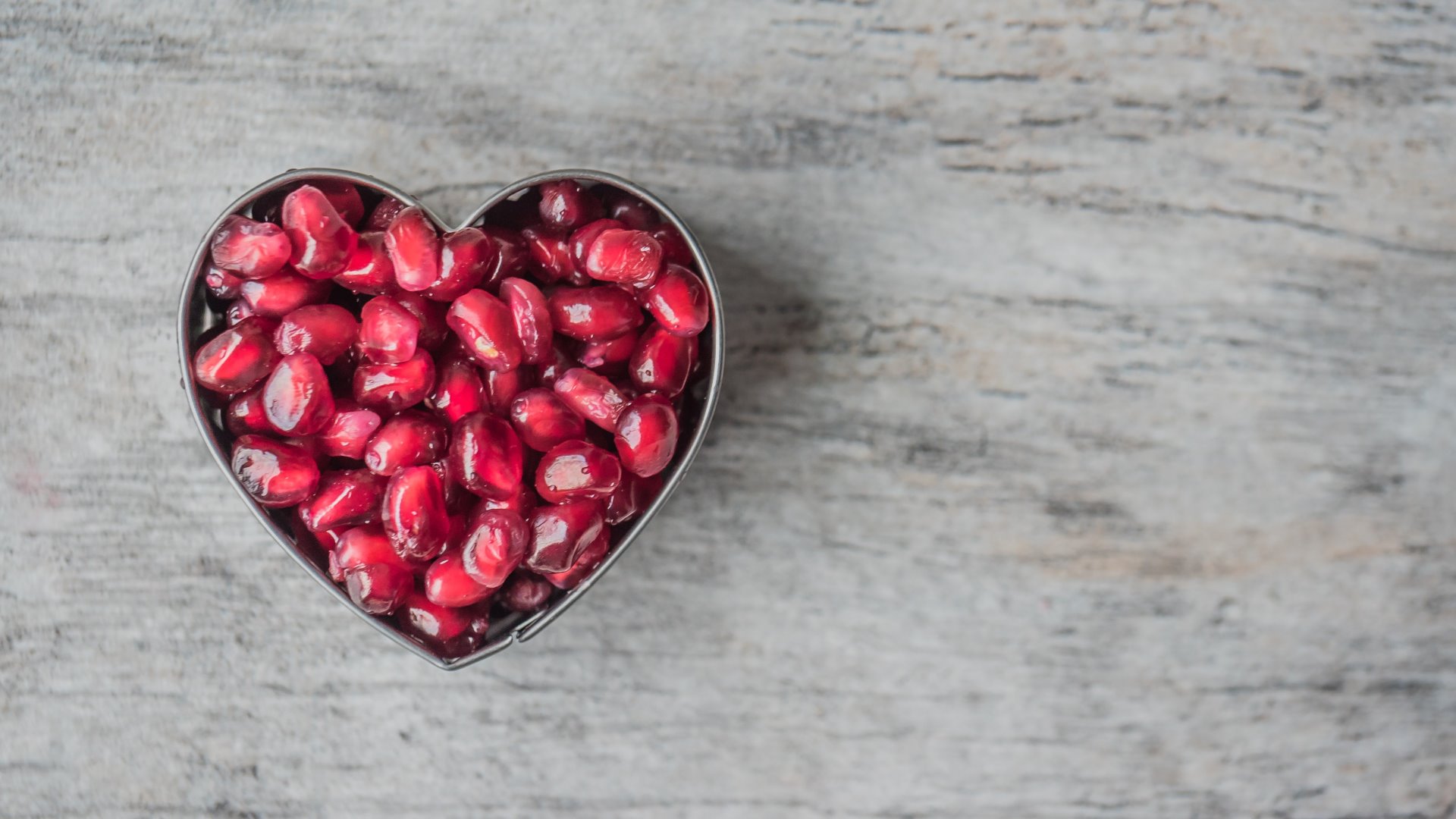The Lamen
DASH diet for hypertension and blood pressure: How it works

The DASH diet claims to help manage hypertension (high blood pressure), but it is not the best understood in terms of guidelines.
Photo: Pexels
The Dietary Approaches to Stop Hypertension, or “DASH,” is a diet designed to prevent or manage high blood pressure, or hypertension. Initially introduced in the 1900s, the DASH diet has been found to decrease systolic blood pressure by about 6 to 11 mm Hg.
How it works: The DASH diet includes foods rich in minerals like potassium and magnesium while limiting sodium (salt) to 2,300 mg a day, or to 1,500 mg a day for a lower sodium diet.
A typical day on the DASH diet includes (according to the NIH):
- 6 to 8 servings of whole grains
- 4 to 5 servings of vegetables
- 4 to 5 servings of fruits
- 4-5 servings of nuts, dry beans, seeds, and peas
- 6 or fewer servings of lean chicken, meat, and fish
- 2 to 3 servings of low-fat or fat-free dairy
- 2 to 3 servings of fats and oils
The diet recommends consuming green leafy vegetables, whole grains, low GI fruits, and sources of good fats like olive oil and avocados while limiting processed carbs and meats.
Understanding blood pressure
Blood pressure is measured in mm Hg or millimeters of mercury.
- Systolic pressure (the top number) gives the pressure in your arteries when your heart is pumping blood.
- Diastolic pressure (the bottom number) is the pressure when your heart is resting between beats.
The current guidelines describing blood pressure ranges according to the American Heart Association are:
- Normal: Below 120/80 mm Hg.
- Elevated: Systolic is 120-129, diastolic is below 80.
- Stage 1 hypertension: Systolic is 130-139, diastolic is 80-89.
- Stage 2 hypertension: Systolic is 140 or above, diastolic is 90 or above.
- Hypertensive crisis: Systolic is over 180, diastolic is over 120.
Hypertension, or high blood pressure, is the condition of blood pressure consistently being higher than 140 over 90 mm Hg. Considered the primary risk factor for cardiovascular disease, hypertension increases the risk of heart failure, atrial fibrillation, chronic kidney disease, stroke, dementia, and death.
Who benefits from the DASH diet?
The DASH diet offers benefits for individuals with or at an increased risk of hypertension, cardiovascular events, stroke, or kidney disease.
- A cross-sectional study found a greater adherence to the DASH diet to be associated with a 21 percent lower risk of obesity, independent of factors like age, physical activity, and smoking.
- A study involving 44,444 men found the DASH diet to lower the risk for gout, whereas the Western diet was associated with an increased risk.
- The DASH diet can also significantly reduce the risk of type 2 diabetes.
Current research shows the DASH diet lowers blood pressure in those with high or normal blood pressure. It is also known to help people with:
- hyperuricemia or gout
- cardiovascular risk
- risk of kidney disease
- high blood sugar or diabetes
- risk of some cancers (including breast, colorectal, and lung cancer)
Yes, but: Only an estimated 10 to 20 percent of people adhere to the DASH diet. A high adherence to the DASH diet can lead to a 26 percent lower risk of hypertension, with even modest adherence offering similar benefits.
Another downside of the DASH diet is the lack of well-defined guidelines. It does not assign caloric goals and is not known to support weight loss.